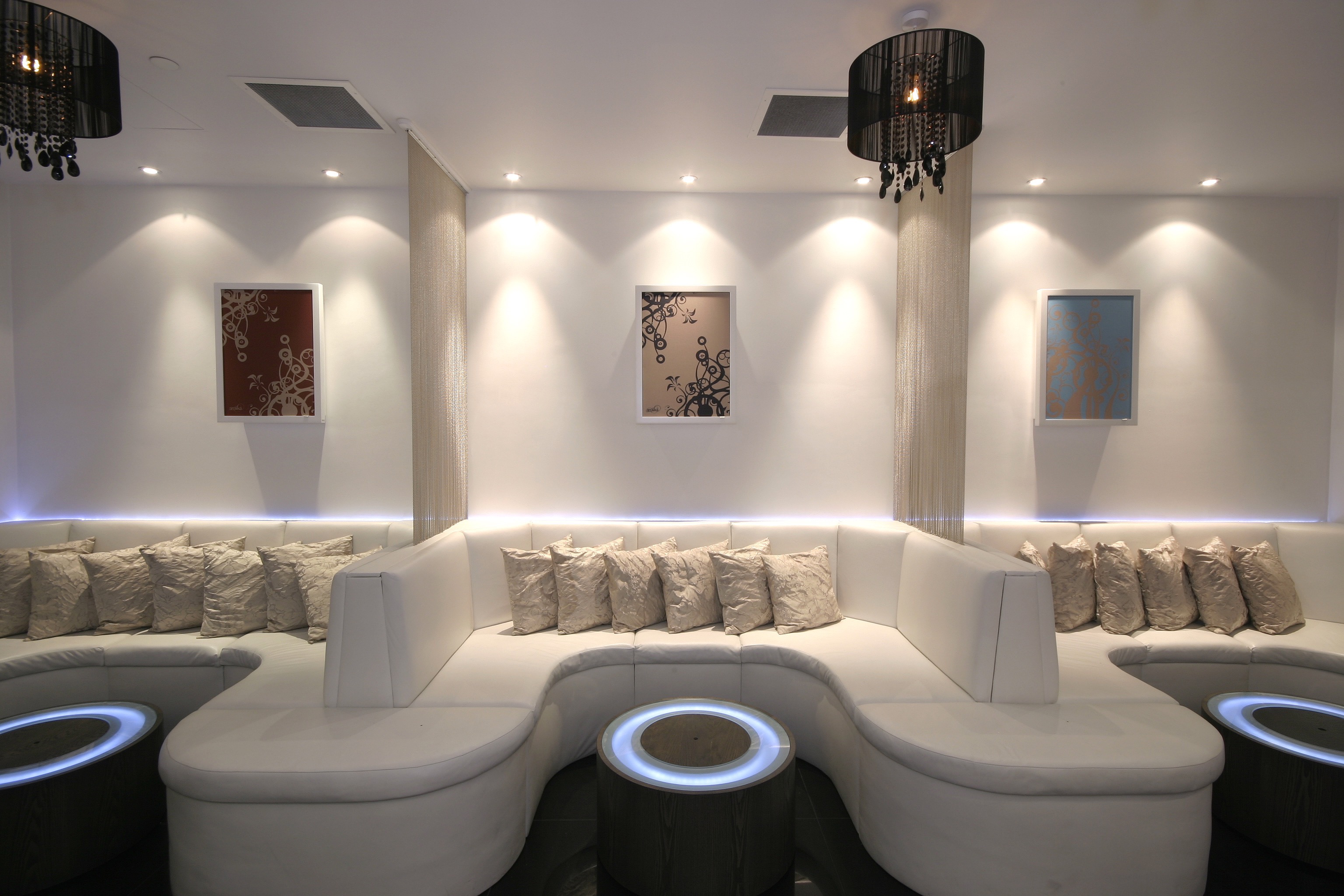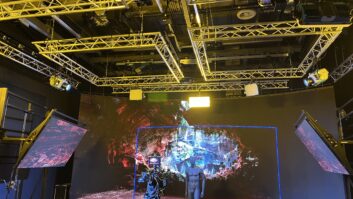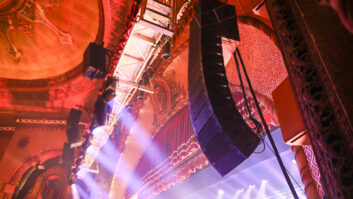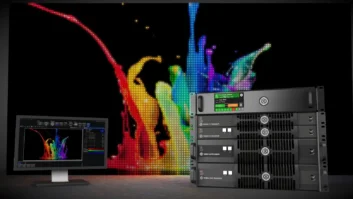
While architects may traditionally have regarded AV equipment as a hindrance to their aesthetic vision, the recent growth in discreet designs means it is now possible to have high-end performance and design. Steve Montgomery reports.
The inclusion of audiovisual equipment into buildings is generally seen as a necessary, but unwanted, intrusion that disrupts the architectural design and aesthetics of the space. As a consequence, architects, interior designers and building owners have, for a long time, pushed AV suppliers and integrators to develop ways of concealing the equipment that is used to deliver sound and vision. The industry has responded with a range of products that enable equipment to be hidden or partially concealed, either permanently or when not in use.
The demands of the residential market have played a large part in this evolution: minimalist and free-flowing architectural designs are adversely disrupted by large and bulky loudspeakers which often require exact placement to achieve the ideal soundfield. Early attempts at concealment by means of in-wall and in-ceiling drive units set into the building structure still required an unattractive grille to allow the sound out.
“The desire for modern minimalist designs is incompatible with traditional ‘dinner plate’ ceiling loudspeakers and in-wall speakers,” says Babs Moore, director at Amina. “An ever-increasing amount of technology in the home and people’s expectations for high clarity, room-filling sound presents a huge opportunity for solutions that cannot be seen. Amina invented the plaster-over loudspeaker in 2001 and now many more companies are coming into the market, which does help create awareness, but still only 1-2% of the population is aware of the availability of truly invisible sound. Within the AV industry, though, it is much better known than it was 5-10 years ago.”
The demand for this type of speaker in domestic applications such as historic buildings or modern minimalist properties, has led Amina to work closely with customers to use finishes other than plaster and paint/wallpaper to render the product invisible. Moore says that these now include, wood, wood veneer, leather, gold leaf, Corian and even mother of pearl as well as many types of plaster like GRP, lath and plaster and polished plaster.
“The Vibrational Panel Technology (VPT) used by Amina is more akin to how an acoustic musical instrument, such as a violin or acoustic guitar, works in reproducing sound than a normal loudspeaker. This explains why the dispersion characteristics are so good and also why the speakers can be designed to sound their best when covered by a 2mm skim of plaster as they are effectively ‘tuned’ for this weight.”
Steve Olszewski, vice president, Stealth Acoustics, concurs: “Product manufacturers are realising that it’s not just aesthetics or performance it’s now aesthetics and performance. Placing loudspeakers behind a projection screen ensures that the image and sound are synchronised and has been a feature of commercial cinemas using microperforated materials for many years. In smaller locations, such as the home, it has been more of a challenge but acoustic transparency can now be achieved through the use of woven projection surfaces.
The use in homes is now spreading to commercial installations. He continues: “Offices and commercial institutions are increasingly recognising the need to have technology disappear. Corporate executives ask their AV teams why they don’t have to see speakers in their home, yet remodelled their boardrooms have wall acne. The markets are greatly expanding as awareness of true aesthetic integration crosses beyond initial market segments.”
Retail outlets and hospitality sectors are also benefitting from the technology. Moore adds: “Designer label flagship stores are a rapidly growing area for us. These stores want to create an even ambience that attracts customers and does not detract from the aesthetics of the stores. It is attractive in public areas in hotels and some high-end rooms, the fact they are plastered over also aids security. In boardrooms and meetings rooms we are seeing more 5.1 systems being installed with speakers behind wood or wood veneer creating a wow factor.”







